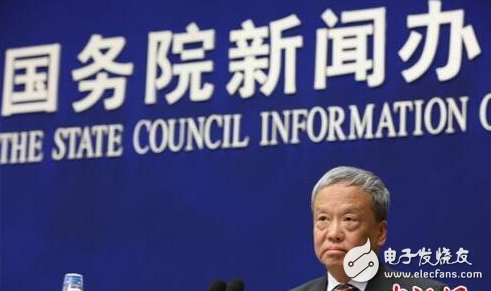The Internet of Things (IoT) is essentially an extension of the traditional internet. In the past, the main terminals were computers—PCs and servers. All the programs we ran were just data processing and transmission within these devices and networks. No other hardware was involved in this system.
However, the core idea behind IoT is still the internet, but the terminals have evolved. Instead of just computers, IoT involves embedded computer systems paired with sensors. This shift is a natural outcome of advancements in computing technology. Computers are now appearing in various forms, such as wearable gadgets, environmental monitoring tools, and virtual reality devices. Any physical object connected to the internet can exchange data, and that’s what defines the Internet of Things.
Since international standards were established in 2016, the global IoT industry has grown rapidly. By 2017, it marked the first year of large-scale commercial deployment.
Wen Ku, Director of the Information and Communication Development Department at China's Ministry of Industry and Information Technology, made these remarks during a press conference held by the State Council Information Office on October 27th.

At the event, Wen Ku discussed the progress of China’s communication industry in the first three quarters of 2017 and responded to questions from journalists. He highlighted that China is leading globally in network size, chip technology, and certain applications.
Currently, China’s three major telecom operators are actively building NB-IoT (Narrowband Internet of Things) networks, aiming for nationwide coverage. By 2017, the number of base stations exceeded 400,000, with several provinces already launching commercial services.
On the chip front, companies like Huawei’s HiSilicon have started mass production, while others such as Rideco and ZTE Microelectronics are accelerating their efforts. It's expected that multiple manufacturers will soon meet market demand.
As the industry expands, the cost of IoT modules—which once limited widespread adoption—has dropped significantly. For example, China Telecom purchased 500,000 NB-IoT modules at a price of just $5 each.
Wen Ku also mentioned that cities like Yingtan in Jiangxi and Fuzhou in Fujian have been supporting NB-IoT development, deploying hundreds of thousands of smart water meters. Even Tibet is exploring the use of NB-IoT in the yak farming industry. However, he noted that the current range of NB-IoT applications is still quite limited.
Looking ahead, Wen Ku emphasized the need to expand IoT applications beyond basic meters, introducing more personalized services for the public. Additionally, increased R&D investment is necessary to ensure multiple manufacturers can supply chips in large quantities, meeting growing market demands.
When you think of the screen protectors of old, you're probably thinking of TPU. It's a flexible plastic that's a huge hassle to install . it's flexible, so it can go edge-to-edge on any phone, it has better impact protection than PET, and it has limited "self-healing" powers for small scratches. Brands like TUOLI offer TPU at very affordable prices,
On the other hand, TUOLI's comes in a few different styles depending on the look, feel, and features you want.
Tpu Screen Protector,Hydrogel Protective Film,Mobile Phone Screen Protector,Tpu Hydrogel Film,hydrogel protector, hydrogel sheet
Shenzhen TUOLI Electronic Technology Co., Ltd. , https://www.tlhydrogelprotector.com